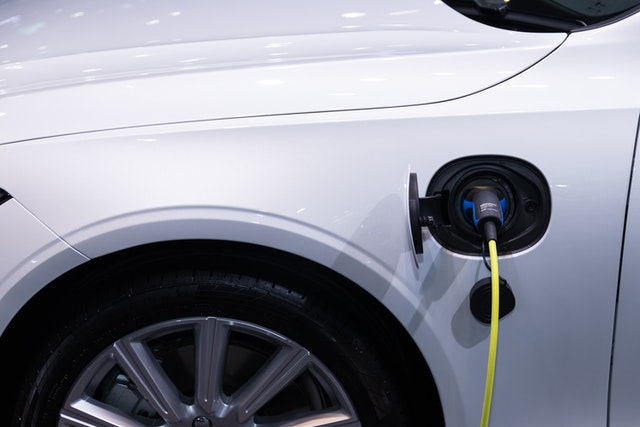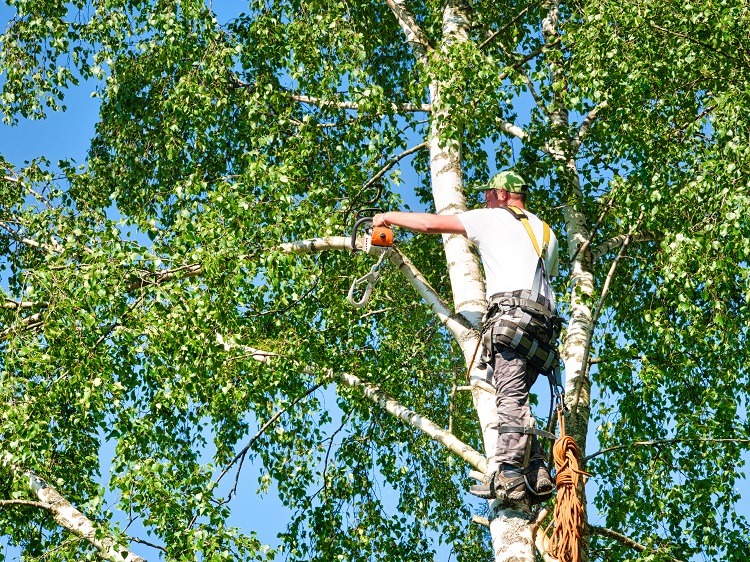Sustainability is on everyone’s lips at the moment – thanks to The Sustainable Development Goals being rolled out across the world. This is a universal call for governments and individuals to do their bit to protect the planet, end poverty and improve the lives and prospects of everyone.
As a business, you can do your bit too by taking a few small environmentally friendly steps to becoming a sustainable business both now and in the long term.
Be smart with your business processes
At home, we’re told to recycle and be careful with energy so why should we be any different at work? Consider what you can do in the office that will reduce energy consumption – be it turning off lights and equipment when they’re not being used or using less heating.
Allowing your team to work from home or even holding meetings online will reduce the need for travel too. Alternatively, you could change existing products for more energy efficient ones like LED lighting with motion sensors and timers. Not only is this an easy step to becoming a green business but it will also help you to save on bills.
That’s just the start. You could also set up workplace recycling schemes or see if local businesses could benefit from your waste. Strive to keep the waste hierarchy in mind too. First, you should avoid and reduce waste. If that’s not possible, you should try to reuse and then recycle with the landfill being the last option. By educating your team and hosting regular meetings for ideas, you’re sure to be able to make some changes.
Switch to an electric fleet
Finally, whether it’s the vehicles you use for deliveries or the fleet of company cars you have, why not switch to EVs? Latest figures have revealed that the transport sector is the biggest contributor to CO2 emissions and pollution in the UK. But, by switching to electric cars we could cut emissions by up to 70%.
From installing EV workplace charging points to offering employee benefit schemes for those that drive electric, there are lots of things you can do to reduce both yours and your employees’ environmental impact. EV charging at work can also be used by both employees and customers, offering additional benefits, and the purchase and installation of workplace EV charging infrastructure has never been easier either.
Change up your business suppliers
Again, just like in your own home, it may be that shopping around and finding a different energy supplier won’t just save you money but could also boost your green credentials. Look at the suppliers you do business with too. Whether it’s for delivery, packaging or something else in your supply chain, are you able to find more local and sustainable partners?
On the topic of packaging, how sustainable is it? Are there any single-use plastics that could be removed? Could you include a return form via email instead of printing it out or use recycled paper instead? It might take a little creativity but a few eco-friendly changes could make a big difference.
As a business owner, it’s important to consider all aspects of your operation – including the eco-friendliness of your packaging. More and more consumers are interested in eco-friendly products, so it makes good business sense to choose eco friendly cardboard packaging for your products. Cardboard is a renewable resource that can be recycled over and over again, so it’s a much better choice for the environment than plastic or Styrofoam packaging. In addition, eco-friendly cardboard packaging is often just as strong and durable as traditional packaging, so you don’t have to worry about sacrificing quality for sustainability.
When looking for more sustainable suppliers, it’s essential to consider how they generate leads and whether their lead generation strategies align with your values. For instance, are they using eco-friendly packaging when advertising? Partnering with suppliers that prioritize sustainable lead generation can ensure your business contributes to a greener future at every level of its supply chain.
Adopt new technologies
Adopting new technologies is one of the most effective ways to make your business more sustainable. This can include installing solar panels, switching to electric vehicles, or investing in green building practices. Many forward-thinking companies also rely on different types of software that can support their green initiatives. Of course, it depends on the company and what they want their output to be, and how that can work with their current way of functioning. For instance, lca software can be used to assess the full environmental footprint of their products and operations. By analyzing impacts across every stage—from raw material sourcing to end-of-life disposal—these tools provide data-driven insights that help organizations reduce waste, improve resource efficiency, and make smarter sustainability decisions.
Life Cycle Thinking and Assessment
Sustainability is more than cutting waste or using clean energy. It means looking at the whole picture. Life Cycle Thinking asks businesses to study the impact of a product from start to finish. This includes raw materials, production, packaging, shipping, use, and even disposal.
To help with this, many companies use lca software. These tools give clear data on the hidden costs of making and moving products. They show which steps have the biggest impact. For example, a business may find that packaging creates more emissions than production, or that shipping is the main source of pollution.
By using Life Cycle Assessment (LCA), companies see their real footprint. This helps them make smarter choices and build trust with customers, investors, and regulators who want clear reports on sustainability.
Supply Chain Sustainability
A company’s impact does not stop at its own doors. It also comes from its supply chain. Every supplier and partner adds to the footprint. Many emissions and much resource use happen here, not inside the business itself.
Improving supply chains starts with better sourcing. Companies can work with suppliers that use renewable energy, respect workers, or hold labels like FSC or Fair Trade. More businesses now track Scope 3 emissions—those that come from suppliers, transport, and product use.
Technology makes this easier. Digital tools help track supplier performance, spot waste, and set clear rules. Some firms even redesign products with suppliers to support a circular economy, where resources are reused and waste is reduced.
Focusing on supply chains not only cuts impact but also reduces risks, like shortages, new laws, or changing consumer values. Today, supply chain transparency is a big advantage.
Sustainable Finance and Cost Savings
Many people think sustainability is too costly. In truth, green steps often save money. Simple actions—like cutting waste, improving energy use, or switching to reusable packaging—lower bills and operating costs.
There are also new financing options. Banks and investors now offer green loans with better terms if companies meet eco goals. Governments give tax breaks and grants for clean energy and emission cuts.
Sustainability also attracts customers. Research shows people prefer brands that care for the planet. This means eco-friendly actions not only save money but also grow loyalty.
When done right, sustainability is both smart business and good for the planet. Profit and responsibility can work together.
Future Trends in Sustainable Business
Sustainability is no longer optional—it is shaping the future. Several big trends are leading the way.
One is the circular economy. Products are made to be reused, repaired, or recycled. Some firms offer take-back programs or refillable packaging.
Another is the rise of ESG (Environmental, Social, and Governance) reporting. Investors and customers want proof of impact, so businesses must show hard data.
Technology is also changing the game. Tools like carbon trackers, AI for supply chains, and advanced software help companies measure and cut impact more precisely.
Finally, consumer demand is shifting. Younger people support brands that value ethics and the planet. Companies that act now will lead tomorrow’s economy.




